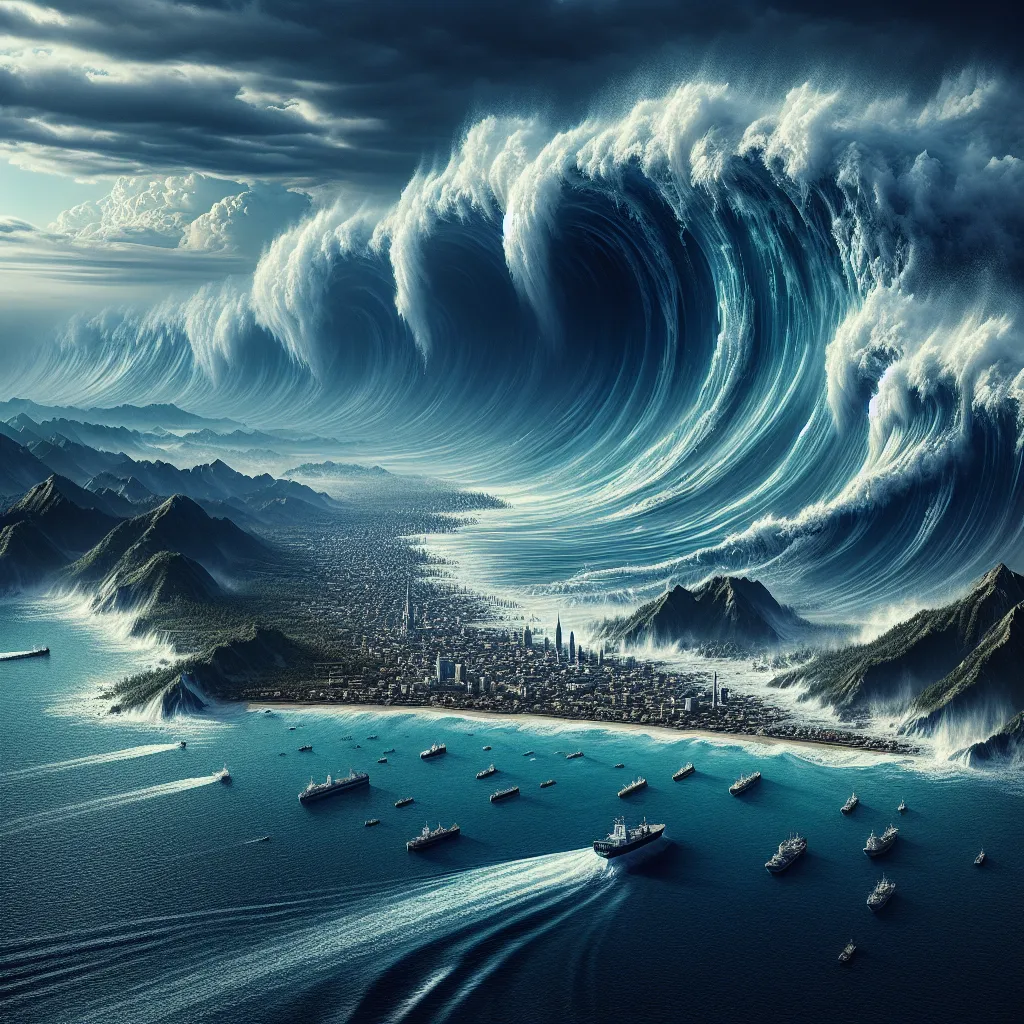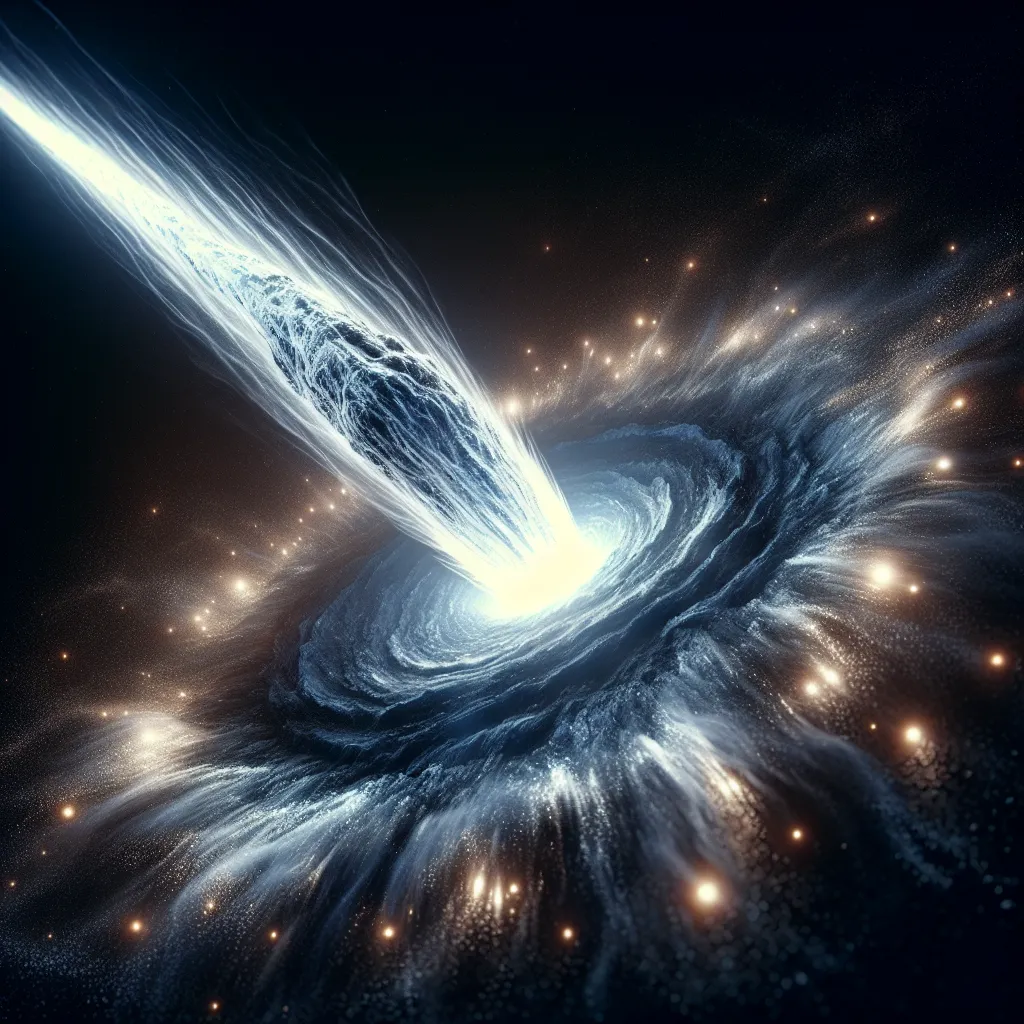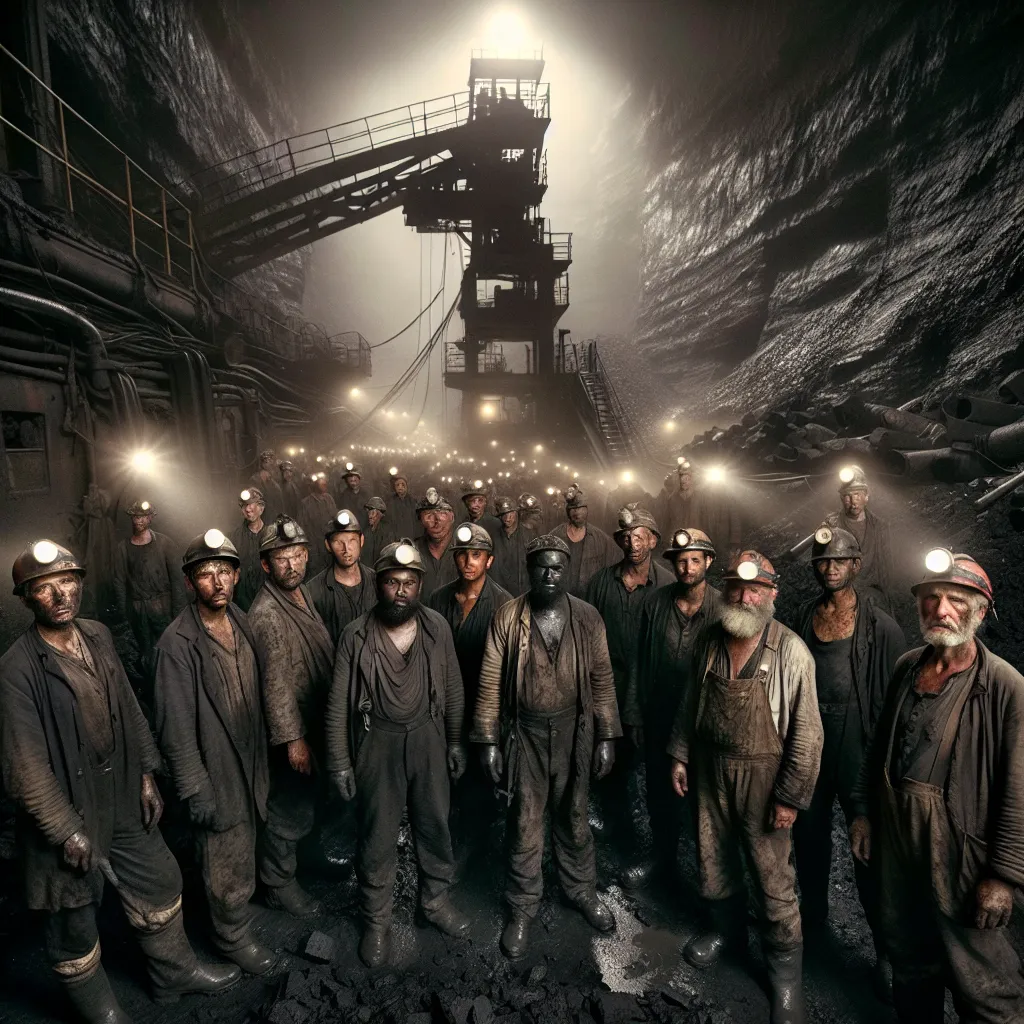Predicting the next tsunami and preventing tragic losses depends a lot on understanding how tsunamis are created. Walter Dudley, an oceanography professor, studies seabed movements that can generate these monstrous waves. An earthquake or a big chunk of seafloor shifting up, down, or sideways can trigger a tsunami if it moves enough water.
In the case of the Indian Ocean Quake, a massive earthquake shook the region for about eight minutes. The violent shaking was so intense that people, even far away in Thailand and the Maldives, couldn’t stand. The Indonesian tsunami was especially devastating because 800 miles of seabed suddenly lifted, propelling the sea surface upwards by about 10 feet. This powerful vertical movement caused waves to rise up to 90 feet when they hit the coast. The earthquake’s force was equivalent to a 100-gigaton bomb, about 6 million times the power of the Hiroshima atomic bomb.
Satellite images of Banda Aceh in Northern Sumatra, home to 225,000 people, showed the terrifying aftermath. Tsunami expert Costa Calocus from USC studied how the seabed’s motion created a mountain of water that hit the coast like a bulldozer, wiping everything in its path. The sheer volume of water makes tsunamis dangerous, but their speed and stealth make them even more lethal.
Tsunami waves in deep ocean travel at jetliner speed. Even when they hit the shore, they can still move at over 30 mph, faster than a person can run. Their energy moves rapidly and efficiently through water, akin to the energy passing through the balls of a Newton’s Cradle. The water particles themselves don’t travel far; the real movement is the energy pulse passing through the water.
Another deadly factor is a tsunami’s silence and almost invisible nature until the last moment. While at sea, the waves might be only a few feet high and pass unnoticed under ships. It’s only in shallow water that the waves rise dramatically, turning into massive walls of water as they approach land. Tsunamis flow onto shore like relentless rivers, sometimes for over an hour, unlike conventional waves that break and retreat within seconds.
The destructive power of a tsunami comes from its wavelength. The front of the wave slows down as it hits land, while the rest of the wave, still far offshore, continues rushing in and piling up. It’s like a gigantic train wreck, with the back end crashing into the front, causing devastating damage. These unstoppable walls of water drive on with relentless force, making tsunamis one of nature’s most fearsome phenomena.






